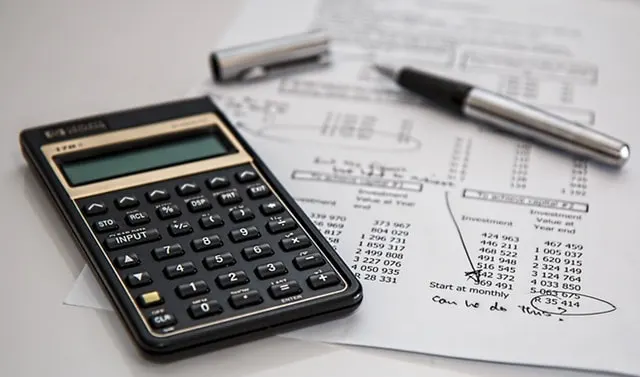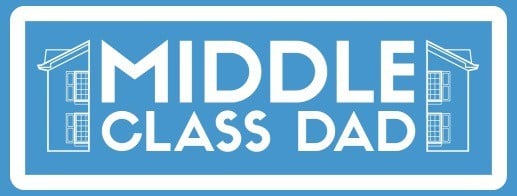
Do you use a budget to keep track of where your money’s going? If not, you could be falling behind on reaching your financial goals. Whether you’re looking to pay off debt, save for retirement, prepare for financial emergencies, travel more, buy yourself something nice, do a better job of covering expenses, or all of the above, a budget can help you get there.
But many people are put off by budgeting because it seems like a lot of work and a huge source of stress. Do you really have to track every penny you spend in a spreadsheet?
Actually, no – there are many different budgeting methods. You just have to choose the one that works best for your relationship to money and your lifestyle. Here’s how.
Assess Your Financial Health
Before you can start a new budget, you need a clear picture of your financial health. To get one, do a financial self-assessment. This should give you a complete picture of:
- Your debt, both good and bad
- Your retirement savings and contributions
- Your after-tax income
- Your credit score
- Your level of insurance coverage for home, life, health, auto, and anything else you need covered
- How much you have saved for emergencies
Once you have a good idea of how healthy you are financially, you’ll be able to set goals that your new budget will help you reach.
Set Goals
Your financial goals should reflect both your values and your needs, so start by figuring out what’s important to you.
Maybe you’d like to travel more, pay off credit card debt, or save more for retirement. Brainstorm what’s important to you, from the immediate and practical to the whimsical and far-fetched. Think about what you might want in the future, as well as what you want right now.
Once you’ve written your list, prioritize it in terms of importance.
If you’re drowning in credit card debt, reining in spending and paying off cards might be priority number one. If you’re running out of money before you run out of month, trimming unnecessary discretionary spending might be your goal. If you love to travel, saving for regular trips might be at the top of your list.
The point of having a budget is to better spend, or save, your money in ways that will fulfill you, so consider your values and wants as well as needs.
A budget that doesn’t allow you to buy anything fun is a like a diet with no cheat days – it’s going to make you miserable until you eventually abandon it.
Consider Your Desired Maintenance Level
A common setback for most people who are just learning how to budget is failing to consider how much maintenance they’re willing and able to put into making a budget work.
Tracking every penny in a spreadsheet might sound great on New Year’s Eve, but for many, it’s not sustainable in practice.
That’s okay.
There are many budgeting methods because everyone has a different tolerance for maintaining a budget. You might love tracking every expense and expenditure, but plenty of people are perfectly happy just knowing that they’re on the right track.
If you are seeking a powerful tool that promotes proactive money management, you should choose YNAB (You Need a Budget). YNAB has garnered a strong reputation for its unique approach to budgeting.
Some want to use a budgeting app that connects to their bank accounts, while others want to use cash for everything. When choosing a budgeting method, consider how comfortable you are with each method, and be realistic about your likelihood of keeping up with the maintenance involved.
Choose a Budgeting Method
There are a variety of budgeting methods you can choose from, and you can even pick and choose aspects of different methods to completely customize your strategy.
Some popular methods include the cash-based or envelope system, the zero-based system, the 50/30/20 system, and the pay yourself first system.
The method you choose may take into account both your personal tolerance for maintenance and your financial needs at the moment – you can always switch to a different system later if you change your mind.
The cash-based system is good if you’re trying to rein in credit card spending.
In this system, you decide how much you’re going to spend on each category in your budget, withdraw all of your money for everything in cash, and divide in into envelopes each month.
For example, if you decide to allocate $500 for groceries each month, you’ll put $500 in an envelope and take it with you when you go shopping. When an envelope is empty, you’re done spending for the month. You can use an app for this system if you don’t want to deal with cash.
The 50/30/20 system allocates your spending by category
With the 50/30/20 system, you’ll spend 50 percent of your income on necessities, 30 percent on wants, and 20 percent on savings and debt repayment.
This is a great system if you’re financially healthy and need only a general idea of what you’re spending.
The pay yourself first method is great if you want to put more aside. To implement this strategy, you decide how much you want to save towards your goals each paycheck, and put it in savings right away – most people use an automatic transfer for this. The rest can go towards needs and wants.
The zero-based budget is great if you’re the type who wants to track every penny.
In this system, every dollar is accounted for, whether it goes toward necessities, wants, savings, or debt repayment. Each dollar saved or spent should be recorded so that you balance your budget out at zero each month.
There are plenty of apps available for this system, too, or you can DIY it with a spreadsheet or notebook.
Budgeting doesn’t have to end in tears. With a clear look at your finances and the right budgeting method, you, too, can take control of your spending, instead of letting it control you.
- Impact of Emotionally Absent Fathers on Daughters - April 30, 2024
- Sagittarius Man & Gemini Woman Love and Sex Compatibility - January 31, 2024
- Taurus Ascendant Rising Personality Traits in Men (Guide) - January 31, 2024
